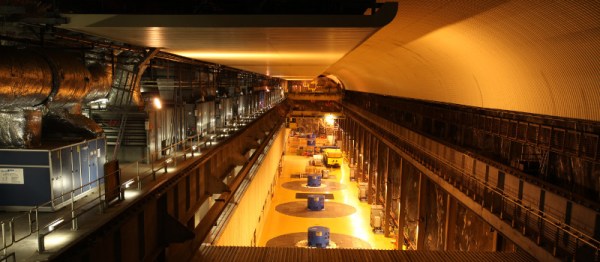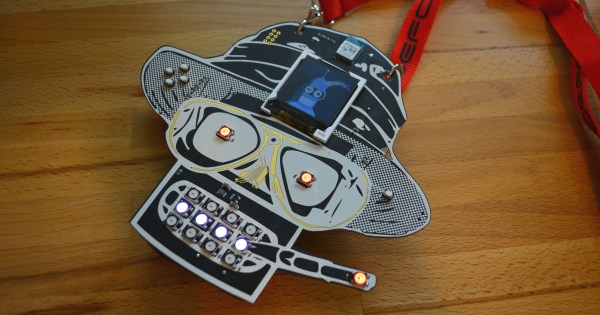The experience of being a teenager leaves a host of memories, of social awkwardness in the difficult process of not quite being a child any more, of tedious school days, and of team sports seemingly enjoyed only by the few. Wherever in the world you grew up will have lent a particular flavour to your recollections of that period of your life, whether your memories are good or bad.
One surprising common theme in British teenage memories, at least those of a few decades ago, are power stations. In the 1970s and 1980s, the Central Electricity Generating Board had a PR effort that involved bringing parties of teenage school geography students in for a tour of their local electricity plant, so if you talk to a British person of a certain age you’ll probably find they’ve been up close and personal with a coal-fired power station.
The true power station marvel of the age would have been too far away to tour for most kids at the time, though our geography teachers expounded on it at length. Dinorwig pumped-storage power station in Wales was opened in the early 1980s, and is a hydroelectric plant that uses excess grid generating capacity in the middle of the night to pump water into a lake at the top of a mountain, from which it can later be released at very short notice to respond to demand surges in a matter of seconds. The oft-quoted example is that when an episode of Coronation Street draws to a close there are several million British kettles turned on simultaneously, at which point Dinorwig comes online to rapidly make up the resulting shortfall.
Continue reading “Places To Visit: Electric Mountain” →















